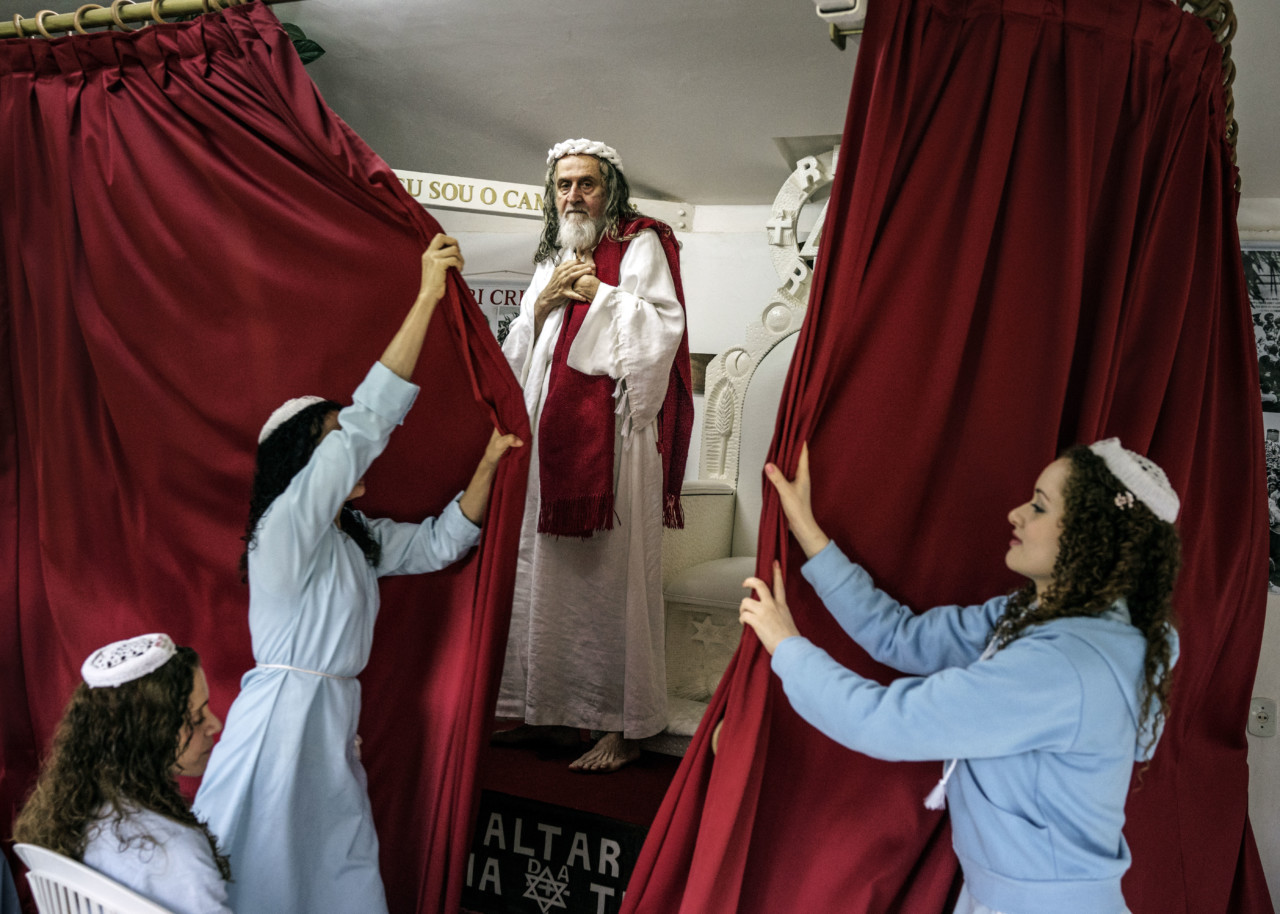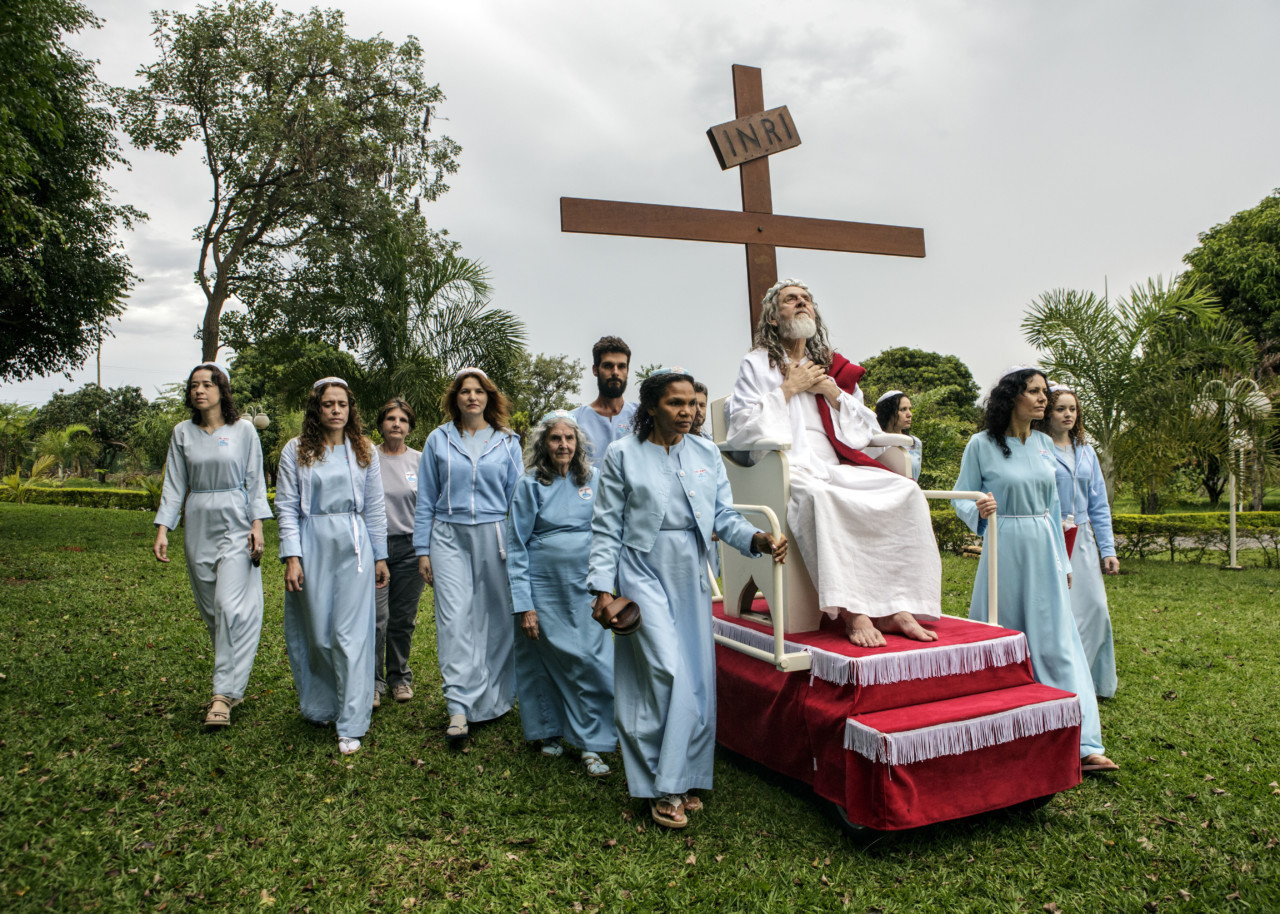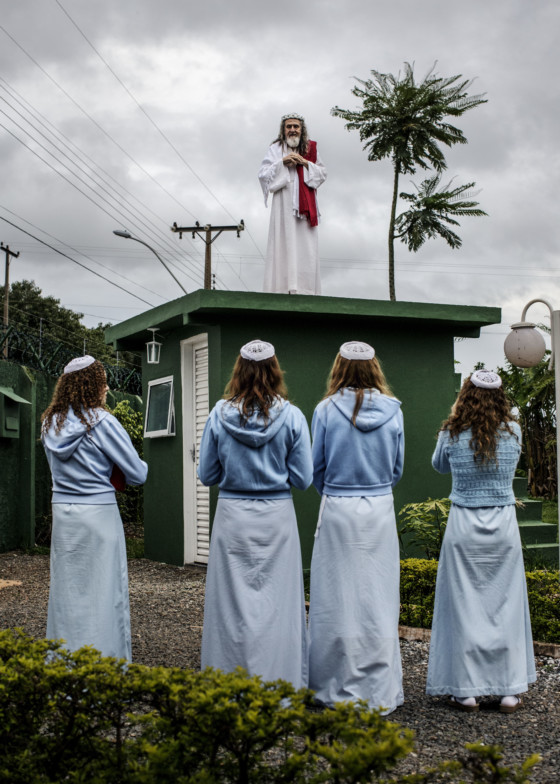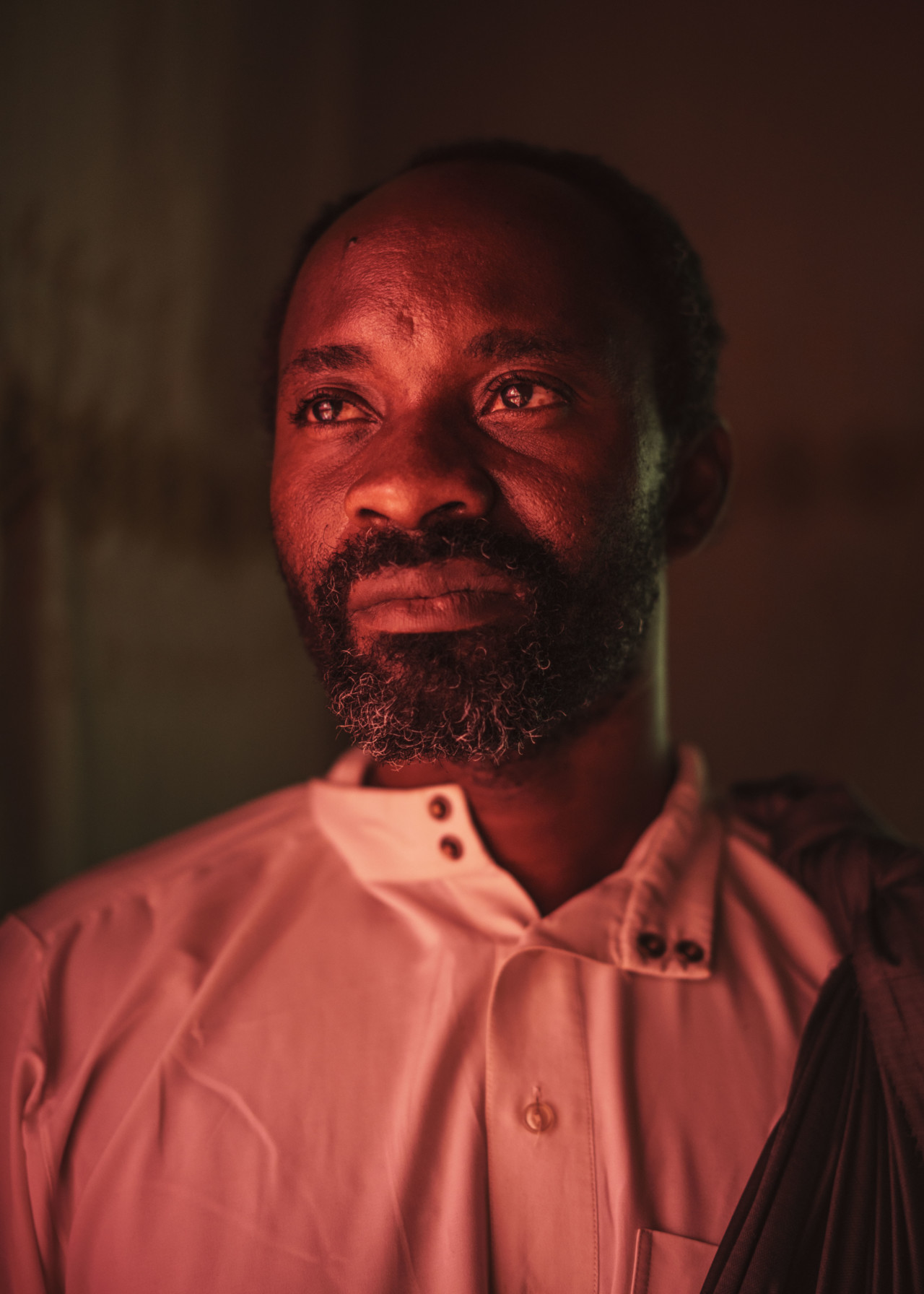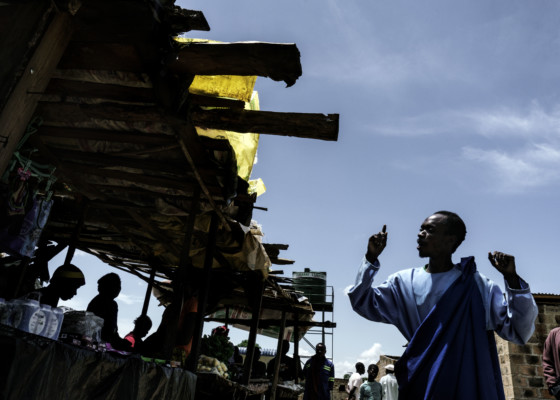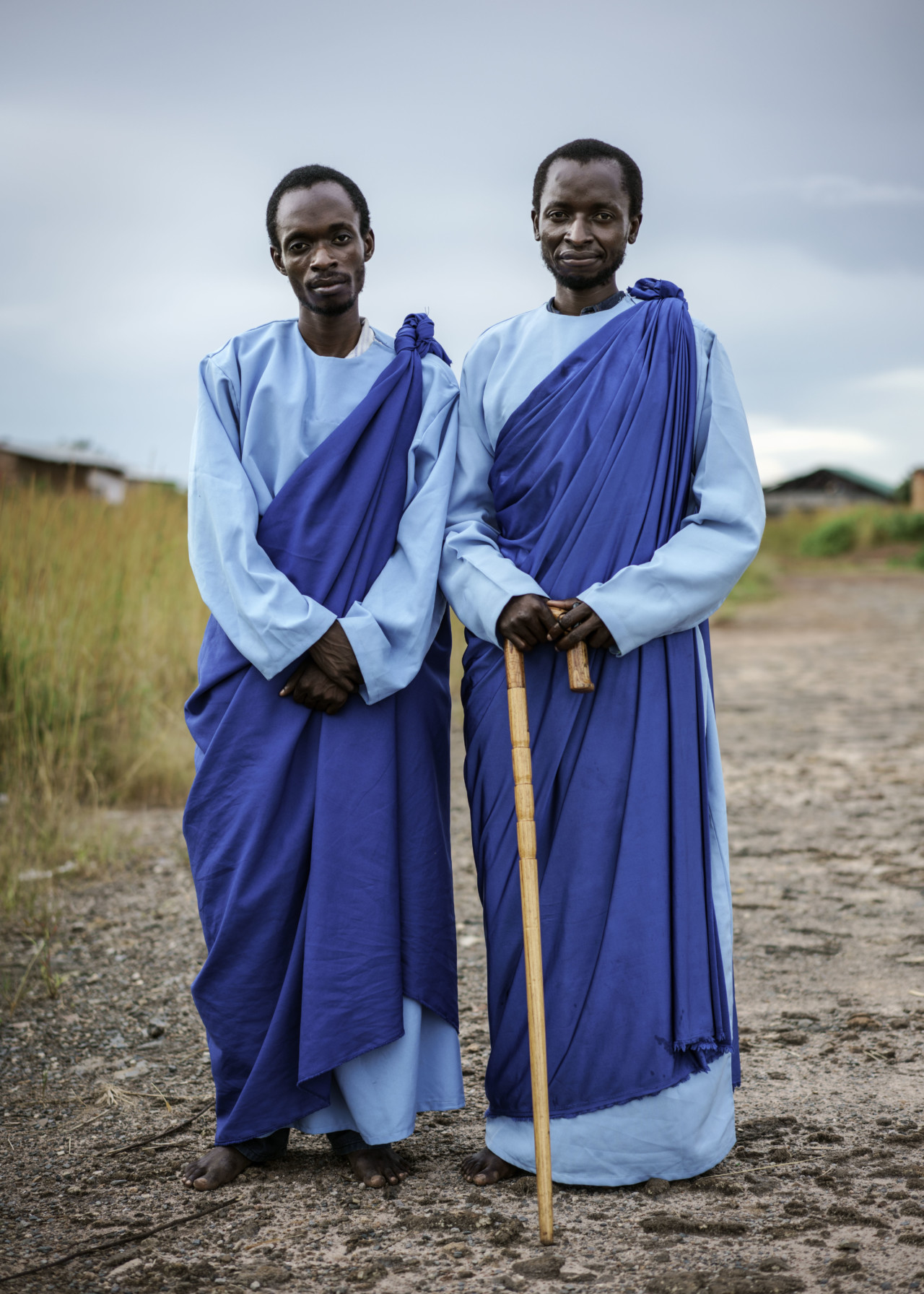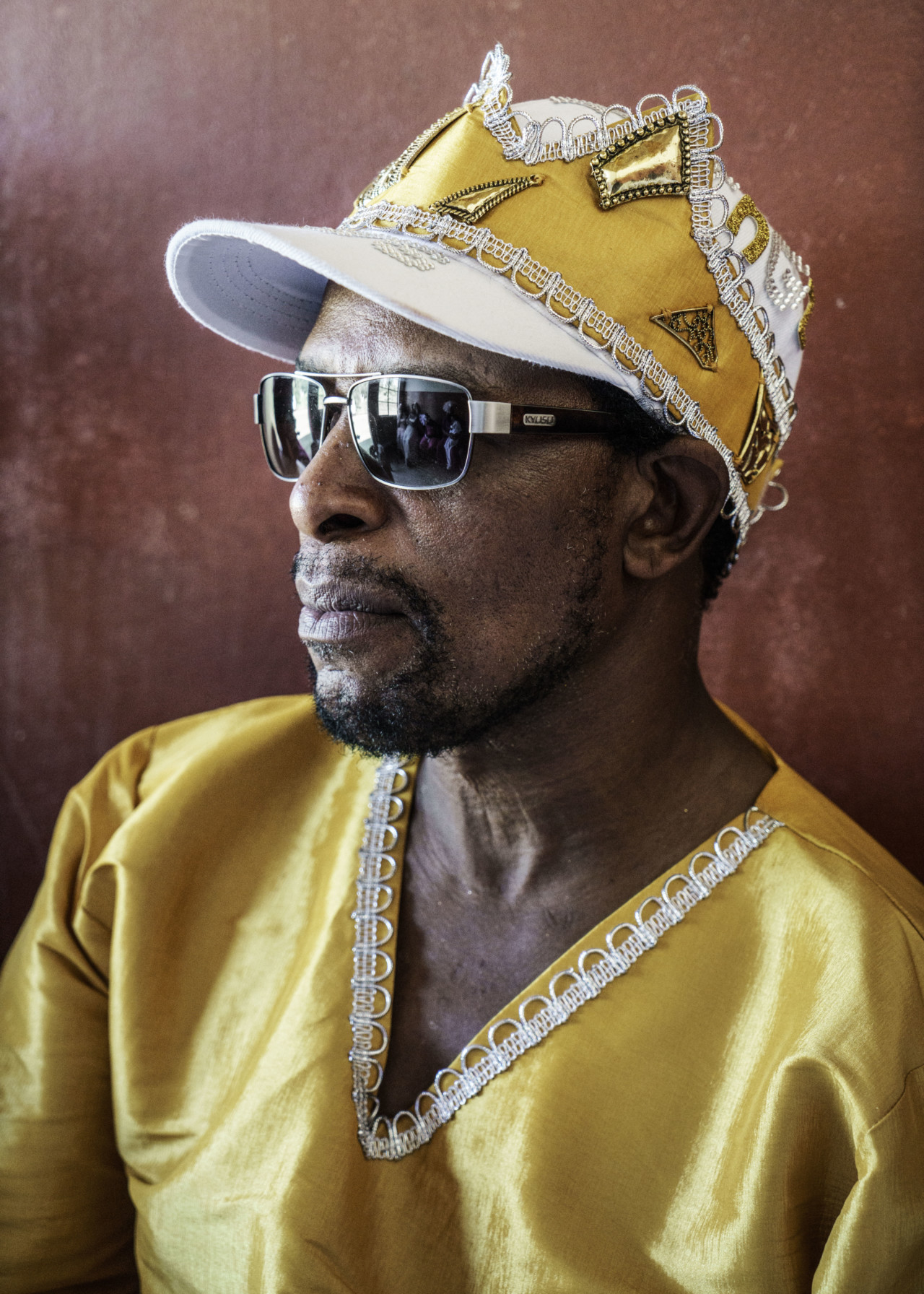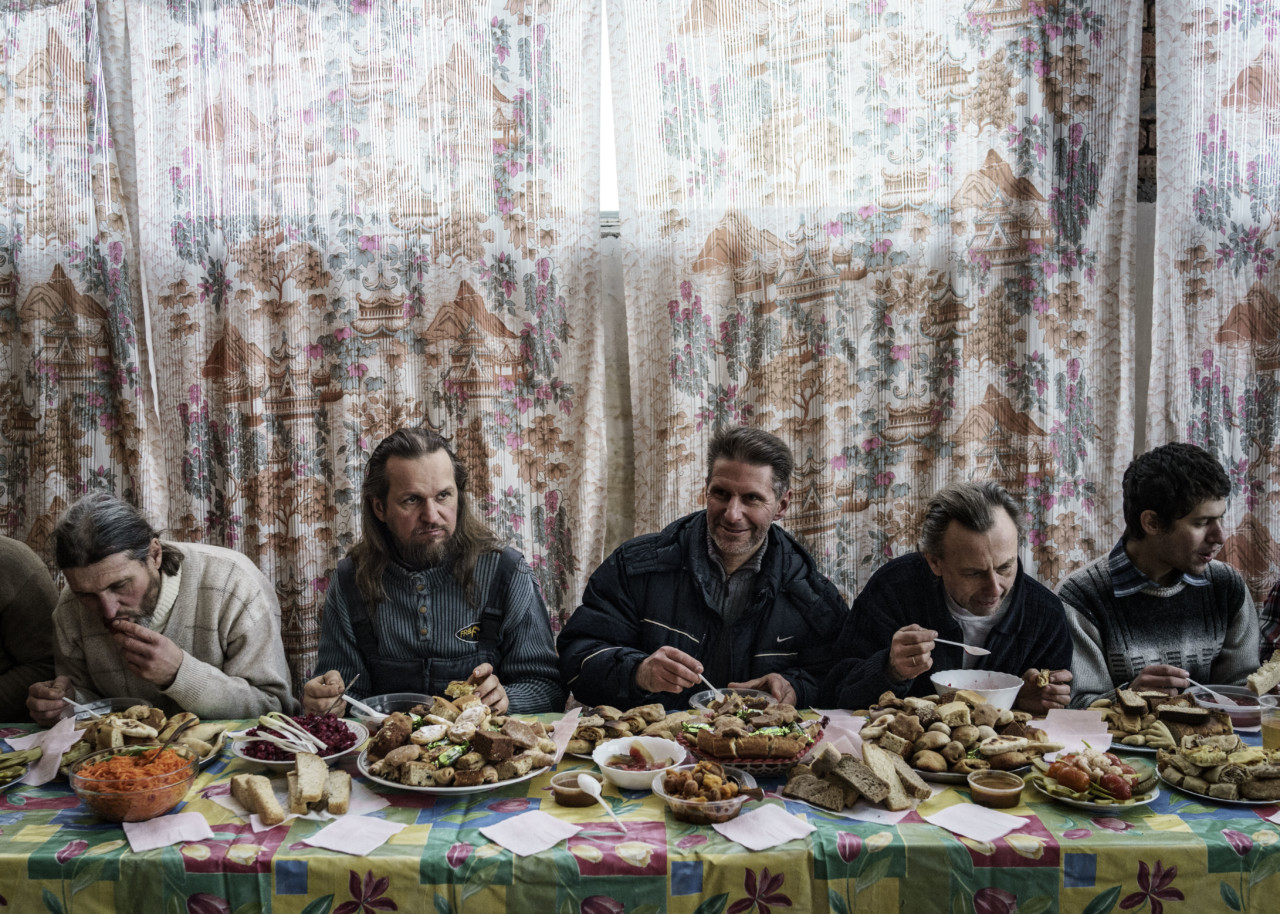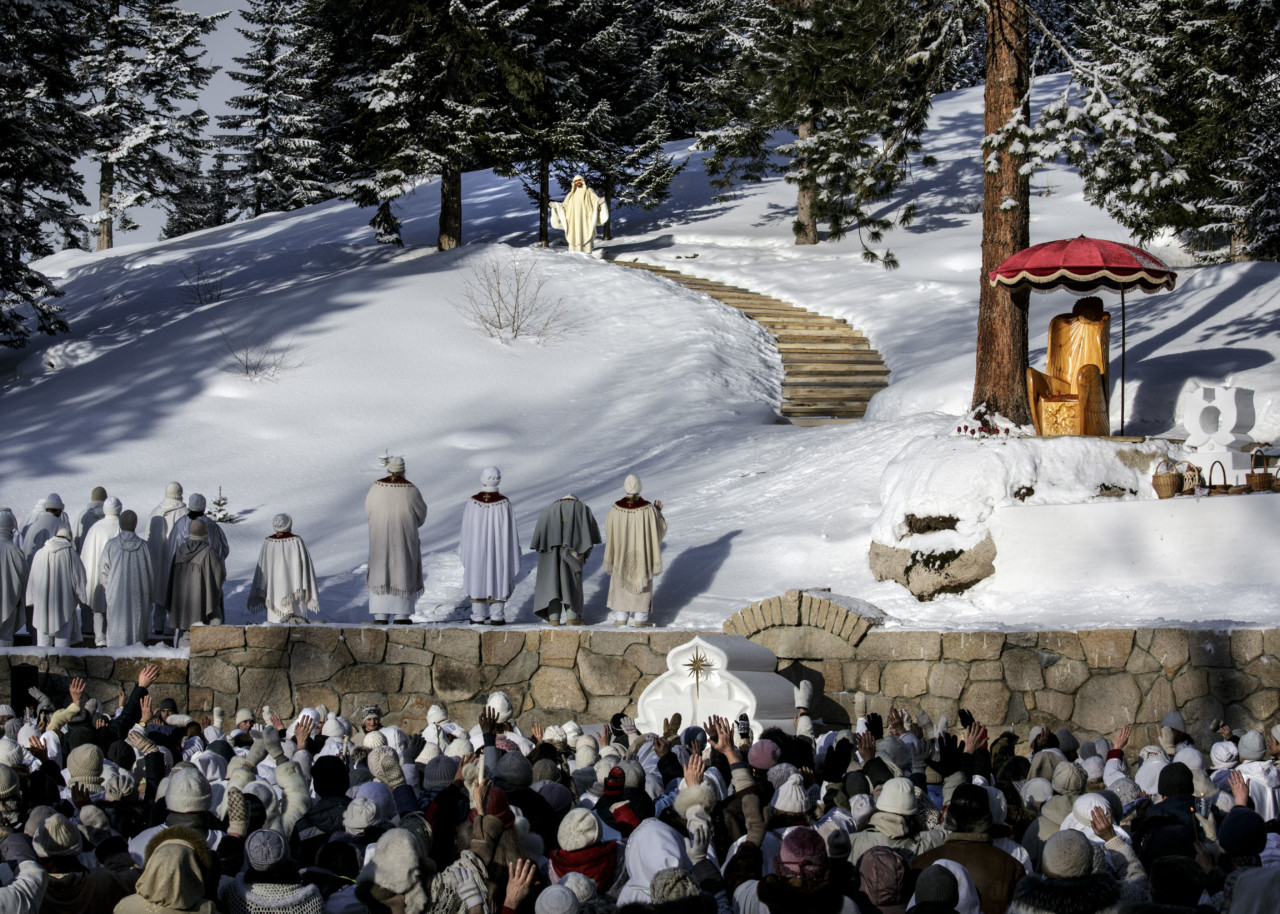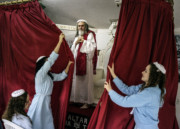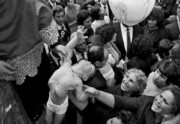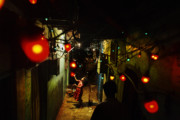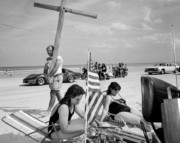The Last Testament
Jonas Bendiksen photographs the Second Coming of Jesus Christ
In his latest book, The Last Testament, Magnum photographer Jonas Bendiksen chronicles seven men who all publicly claim to be the biblical Messiah returned. Some have thousands of followers; others only a handful of disciples. All are united in the faith that they themselves are the Chosen One and have come to save the world. In his own words, the Magnum photographer explains what the project means to him.
Signed copies of The Last Testament are available on the Magnum Shop, here.
I started photographing The Last Testament exactly three years ago. But my urge to somehow use photography to explore faith has been growing in me for much longer than that.
I’ve always been interested in reading the Bible and other religious texts. Faith has always been a bit of a mystery to me, one that I’ve always found fascinating to explore. And one needs only open any newspaper on any given day to see the power and influence of faith in our society.
People who believe in a God that takes a personal interest in humans’ lives seem to look upon the universe from a different perspective than non-believers. In a similar way, I wanted to touch and feel what a world where Christ has returned would be like.
After lots of research to identify the right people, I reached out personally to six men purporting to be the Messiah, and explained that I was fascinated by their story and wanted to tell it. Then I immersed myself deeply into their theology and their view of the world while still trying to just be myself, to be open and curious to what they had to show me.
I didn’t go into this in a normal journalistic way, confronting the Messiahs with critical questions, or seeking to test their claims. I was much more interested in taking everything I was told and shown at face value, to see what the world looked like from their vantage point.
Everything interested me. Everything from what makes someone make these claims and what does it take to make others believe it, to what their favorite meal is. These men are all very different, and so are their communities. In some cases we became very close. In Moses of South Africa’s case, we shared the same bed for a week. In other cases, they were more distant, more like an oracle one could only visit by appointment.
Maybe to my own surprise, I ended up having strong emotional experiences around several of them. I didn’t anticipate this when I started. Take Vissarion’s community in Siberia for instance. There, they have created a society that lives in harmony with nature, grows its own food, and worships in the most stunning natural settings. When I was there I felt that I actually could have gone to live there and had a happy, meaningful life. Whether Vissarion is the true Messiah or not, the community that has sprung up around him was very seductive for me.
People sometimes ask me about the humorous bits in the book. This was a knife’s edge that I tried to balance on. Of course there are some funny bits, and things that make people (including me) chuckle. But I’ve tried to not bring too much of my own humour into it, that the funny things come straight from the Messiah’s or communities themselves. Yes, when INRI Cristo rides around on his electric bike, or when his disciples rerecord Britney Spears music videos to celebrate their Messiah, I have to laugh. But so do they: in INRI’s disciples’ own view, humor is an important communication strategy to reach new people with their message, and if people get exposed to INRI’s teachings through laughter, that is just as good as an ordinary sermon.
The Scriptures produced by these Messiahs are, in each case, meant to be the third and final chapter of the Bible, a Last Testament to sort out the fragmented confusion of the New and Old Testaments, hence the title of the book. Each makes clarifications that help them explain their identity as the Second Coming.
I’m the lifelong sceptic here: I believe I have a radar for extreme manipulation which would have been triggered if these Messiahs were exploiting their people. But I have to say that I simply didn’t get that feeling. These men have had a ‘revelation’ – whatever that is, wherever it comes from – and are simply acting upon that mission, for what they think is best for humanity.
People want to believe, and there is something universal about people longing for a Savior to come help us out of the mess we’ve created around us. One sees this both in religion, but also in politics of course. Often I had to ask myself: Where exactly does faith separate from delusions? Who has the power of definition to say that one belief is madness, but the other belief is ordinary and gets a place in society?
All the people I photographed were obviously far from the mainstream. But does that make their claims by default less plausible than all the other things people of faith believe? Is it more rational to believe that Jesus performed miracles, healed people, resurrected after death? Or to believe in our ability to talk to God in prayer, or that God takes a personal interest in our lives? Is it more plausible to believe that the Son of God will return at the End Times than to believe he is already here?
I felt it was important to not really make a photo book per se, but something that brought the Messiahs’ own scripture to people, in their own words. And to make a book that somehow translated the truly magical worlds of these congregations. They see cosmic meaning in everything around them; signs from God and a key role in the endgame of the human narrative.
Take an interactive VR tour of Bendiksen’s The Last Testament on display at 2018’s Rencontres d’Arles here.


